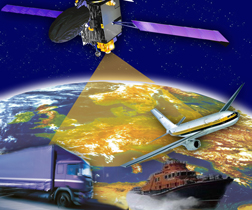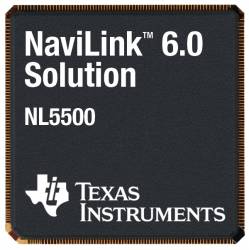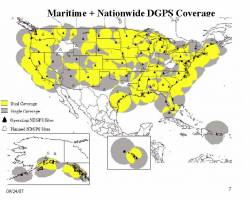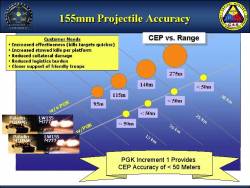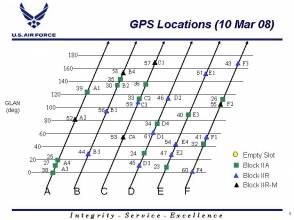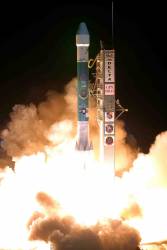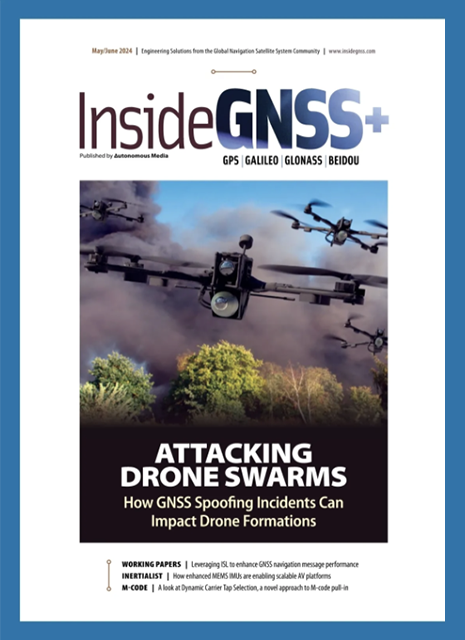 ATV Docking with International Space Station, NASA image
ATV Docking with International Space Station, NASA image
Europe’s Jules Verne Automatic Transfer Vehicle (ATV) that docked Thursday (April 3) at the International Space Station (ISS) is operating with a guidance, navigation control (GNC) system based on a GPS receiver developed by Thales Alenia Space Italia (TASI).
The GNC unit provides accurate position and velocity information for the ATV orbit control and rendezvous operation with the ISS. The Jules Verne completed its first space cargo voyage — 25 days long — docking the 10,470-kilogram (23,034-pound) ATV with the station, orbiting the Earth at 28,000 kilometers per hour.
According to the European Space Agency (ESA), this docking marks the beginning of Jules Verne’s main servicing mission to deliver cargo, propellant, water, oxygen and propulsion capacity to the station, as well as ESA’s entry into the restricted club of the partners able to access the orbital facility by their own means.
Read More >
By Glen Gibbons


